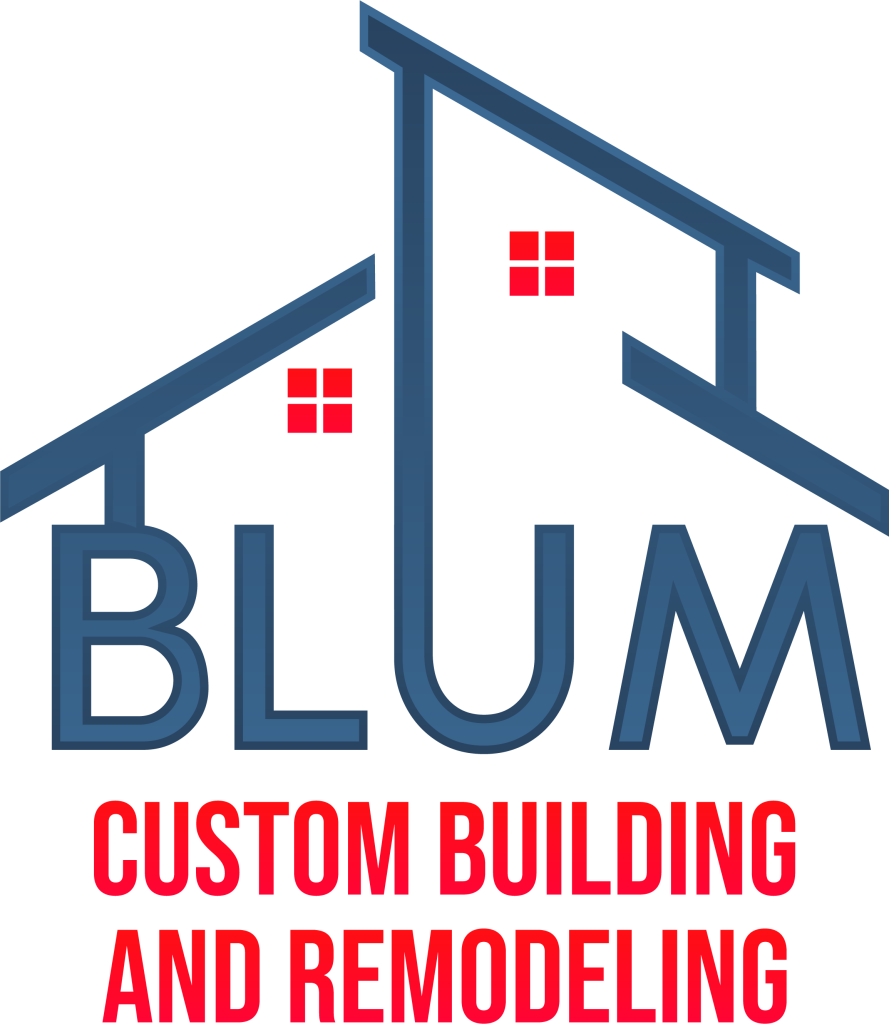Building a custom home theater in your Bellaire residence offers an exceptional entertainment experience right at home. Today’s homeowners seek immersive environments that rival commercial cinemas while maintaining the comfort and convenience of their personal space. Creating the ideal home theater requires careful planning, attention to detail, and expertise in both construction and technology integration.
Sound Engineering & Acoustics
Proper acoustic design forms the foundation of any successful home theater project. Sound waves behave differently in residential spaces compared to commercial theaters, making specialized acoustic treatment essential for optimal audio quality.
Wall & Ceiling Treatments
Installing acoustic panels on walls and ceilings prevents sound reflection and echo that can muddy audio clarity. These treatments come in various materials and designs, allowing homeowners to maintain aesthetic appeal while achieving superior sound quality. Strategic placement of absorption and diffusion panels creates balanced acoustics throughout the viewing area.
Flooring Considerations
Carpet installation provides natural sound absorption while reducing footstep noise during movie viewing. Upgraded carpet padding adds another layer of acoustic insulation, preventing sound transmission to other areas of the home. For homeowners preferring hard flooring, acoustic underlayments help minimize sound transfer while maintaining design flexibility.
Room Isolation
Proper insulation between the theater and adjacent rooms prevents sound bleeding that can disturb family members. Double-wall construction with staggered studs creates effective sound barriers, while acoustic caulking seals gaps that could allow noise transmission.
Lighting Control Systems
Sophisticated lighting control allows smooth transitions from everyday room use to cinema viewing conditions. Multiple lighting zones provide flexibility for different activities and viewing preferences.
Ambient Lighting Options
LED strip lighting behind screens or along baseboards creates subtle ambient illumination that reduces eye strain without interfering with screen visibility. Dimmable recessed fixtures throughout the ceiling offer general room lighting that can be adjusted or completely dimmed during movie viewing.
Pathway Safety Lighting
Low-level LED pathway lighting along aisles and steps maintains safety during dark viewing conditions. These fixtures can be automated to activate when motion is detected, providing guidance without disrupting the viewing experience for others.
Climate Control Integration
Maintaining comfortable temperature and air quality becomes more challenging in enclosed theater spaces with multiple occupants and heat-generating equipment. Dedicated HVAC zones allow precise climate control independent of the rest of the home.
Ventilation Requirements
Proper air circulation prevents stuffiness and maintains consistent temperatures throughout extended viewing sessions. Quiet HVAC equipment ensures mechanical noise doesn’t interfere with audio quality, while strategically placed vents distribute conditioned air evenly.
Humidity Management
Electronic equipment performs better and lasts longer in controlled humidity environments. Proper moisture control also protects acoustic treatments and upholstery from damage over time.
Technology Infrastructure Planning
Modern home theaters require extensive technology integration that must be planned during the construction phase. Proper infrastructure installation prevents costly retrofitting later.
Electrical Requirements
Dedicated electrical circuits prevent interference and ensure stable power delivery to sensitive audio and video equipment. Multiple outlet locations provide flexibility for equipment placement while maintaining clean cable management.
Network Integration
High-speed internet connectivity enables streaming services, software updates, and smart home integration. Wired ethernet connections provide more reliable performance than wireless for bandwidth-intensive applications.
Cable Management Systems
Concealed wiring maintains clean aesthetics while providing easy access for future upgrades or maintenance. In-wall conduits and cable pathways allow organized routing of power, data, and signal cables.
Seating & Layout Design
Comfortable seating arrangements optimize viewing angles and ensure every seat provides an excellent experience. Proper planning considers sight lines, traffic flow, and accessibility requirements.
Viewing Distance Calculations
Screen size and seating distance relationships follow specific ratios for optimal viewing comfort. Too close creates eye strain, while excessive distance reduces immersion and detail visibility.
Tiered Seating Options
Heightened ear seating ensures unobstructed views over front-row occupants. Proper riser construction provides stable platforms while maintaining comfortable step heights for safe walking.
Storage & Equipment Housing
Dedicated equipment storage keeps technology components organized, accessible, and properly ventilated while maintaining clean room aesthetics.
Equipment Rack Systems
Professional-grade equipment racks accommodate growing technology needs while providing proper ventilation and cable management. Remote equipment locations reduce heat and noise in the viewing area.
Media Storage Solutions
Built-in storage for physical media, gaming consoles, and accessories keeps the theater organized and functional. Custom cabinetry integrates with room design while providing ample storage capacity.
Creating your ideal home theater requires expertise in construction, technology, and design integration. Professional builders know the challenges of theater construction and can guide homeowners through the tedious process of creating exceptional entertainment spaces.

